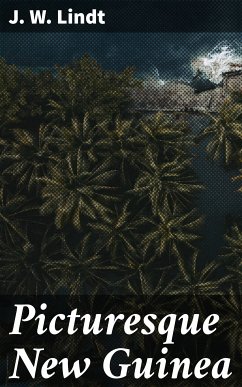In "Picturesque New Guinea," J. W. Lindt presents a captivating exploration of the breathtaking landscapes and diverse cultures of New Guinea, masterfully intertwining vivid descriptions with intricate illustrations. The book's literary style is characterized by a rich and descriptive prose that evokes the natural beauty and vibrant life of the region, employing a blend of travelogue and ethnographic observation. Set against the backdrop of late 19th-century exploration, Lindt's work captures both the awe of discovery and the burgeoning interest in documenting the lives and environments of distant lands, making it a significant contribution to the literature of exploration and anthropology. J. W. Lindt, an Australian photographer and author, was deeply influenced by his travels throughout the Pacific Islands, having a keen eye for both the grandeur of nature and the intricacies of native cultures. His experiences during a pivotal period of colonial exploration shaped his worldview, leading him to undertake the challenging journey through New Guinea. Lindt sought to honor the beauty and complexity of the region while providing a visual and narrative archive for future generations. "Picturesque New Guinea" is a must-read for enthusiasts of travel literature, photography, and anthropology. It not only broadens the reader's understanding of a largely uncharted territory during the colonial era but also serves as an intimate portrait of the people who inhabit it. Lindt's unique perspective invites readers to appreciate the richness of an oft-overlooked cultural heritage while fostering a deeper connection to the natural world.
Dieser Download kann aus rechtlichen Gründen nur mit Rechnungsadresse in A, B, BG, CY, CZ, D, DK, EW, E, FIN, F, GR, H, IRL, I, LT, L, LR, M, NL, PL, P, R, S, SLO, SK ausgeliefert werden.









